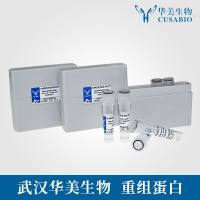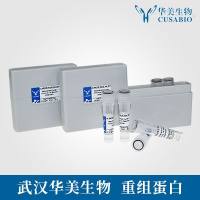One of the major routes of human exposure to mercury is by the consumptron of contammated fish and shellfish. Mercury, in the form of methyl mercury (MM), accumulates in these biota by biomagnification through the aquatic food chain, to concentrations orders of magnitude higher than its levels in the water (1 , 2 ). Dissolved MM is absorbed by unicellular organisms (2 , 3 ) at the base of the food chain, and since MM is only very slowly eliminated from the animal body, its concentration increases with the trophic level. The amount of dissolved MM available to the base of the food chain is critical, and this amount is determined by the rates of MM formation and degradation and by factors that directly and indirectly affect these rates. Thus, the concentratton of bioavailable ionic mercury (Hg2+ ) affects not only the methylation rate, but also the rate of the Hg2+ reduction and volatilization, reactions that compete with methylation for the same substrate (4 ). Furthermore, Hg2+ is the inducer of a bacterial enzyme, organomercurial lyase, that degrades MM, as well as the reduction process (5 ). Measuring bioavailable Hg2+ is essential for calculating methylation and reduction rates in situ , a measurement needed for evaluating the potential for MM accumulation and thus risk to public health. Total mercury levels presently serve as the basis for regulating mercury exposure. Because the majority of mercury in the environment is in a harmless inert form, accurate measurements of bioavailable Hg2+ may provide a basis for more realistic regulatory criteria.






